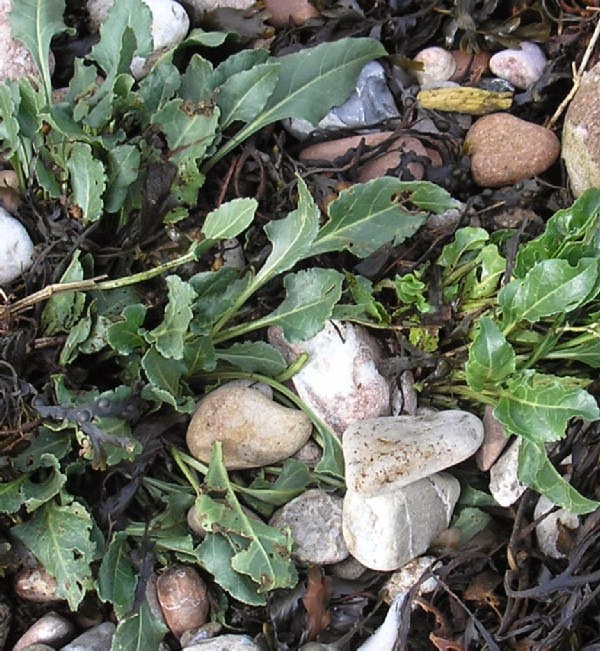Swallowtail. Photo by Steve Andrews
Just over a week back I was happy to watch a female swallowtail
butterfly (Papilio machaon) emerge
from a chrysalis that had formed from a caterpillar I had helped rear. It had
fed on rue (Ruta graveolens) that was growing in the front garden where I live
in Portugal.
I watched this magnificent insect wait until her
wings were dried and expanded successfully but it was late in the day and with
the early darkness the newly emerged swallowtail had to wait until the next
morning before I could release her into the sunlight.
I was surprised to see this butterfly emerge as late
in the year as early December, although it can still get warm in the day when
the sun is out and other species of butterfly are still flying.
The caterpillar of the swallowtail butterfly feeds
on various plants in the parsley family, as well as rue in continental
populations but in the UK the larvae will only take milk parsley.
Swallowtail caterpillar on rue. Photo by Steve Andrews
Fortunately for swallowtails in Portugal the rue is
often grown in gardens where it forms large clumps or small bushes.
Swallowtails are very rare Britain and only found in
the Norfolk Broads where they live in the fenlands where their foodplant grows. The swallowtail is one of the rarest and largest species of British butterfly.
In recent years the continental swallowtail has been
reported in the UK as well and it is thought to have crossed the channel as
migrants.
















